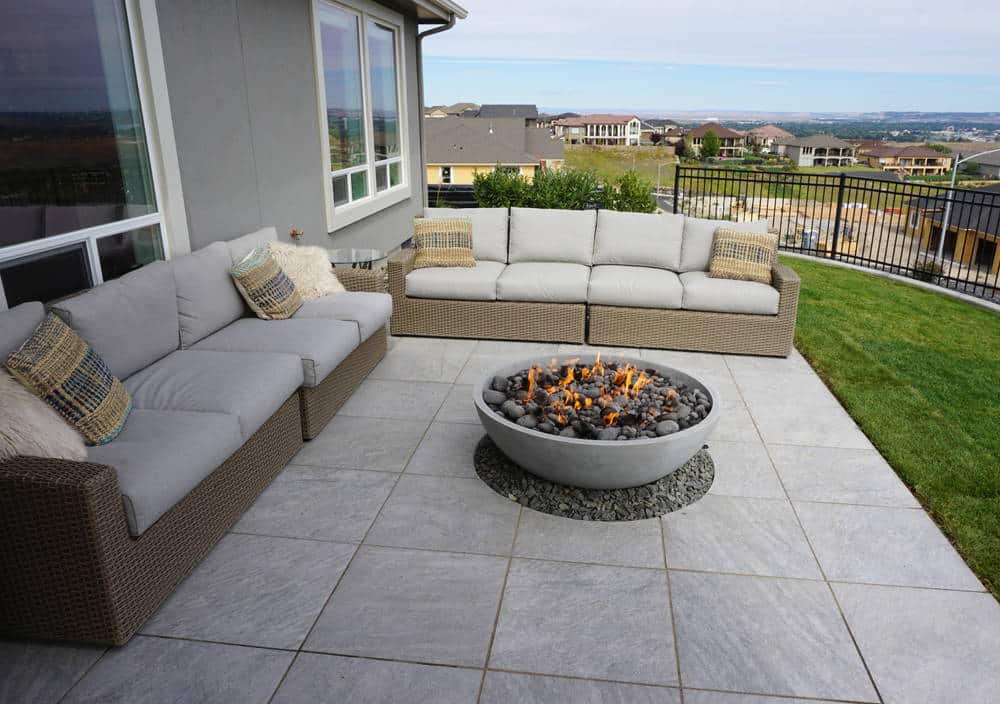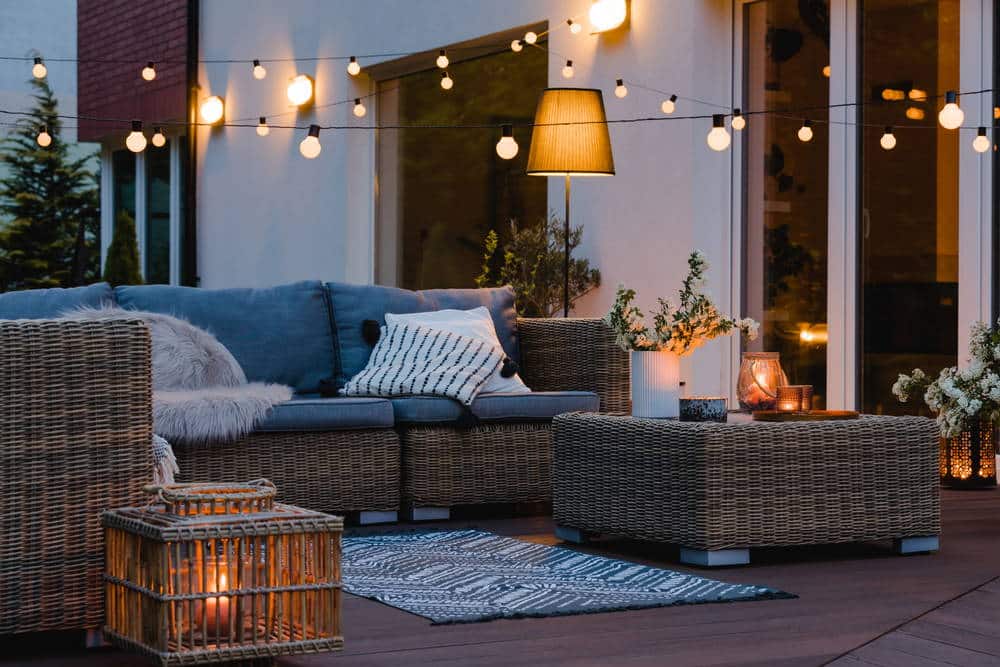
Did you know that the landscape industry term hardscaping did not even exist until the early 90s, at least here in the United States?
Back then, landscaping was mostly ornamental plantings. The most common hardscaping enhancements for homeowners were wooden decks because brick and stone supplies were limited, as well as the technical expertise for working with them.
Since that time, our industry has seen an explosion of hardscape products that are easier to install. Now that material supplies are abundant, well-intentioned contractors and handy homeowners are taking on hardscaping work that was previously the domain of experienced tradespeople, carpenters and masons.
There’s just one problem.
Easy Is Never Simple
Brick and faux stone materials are manufactured to exacting ASTM standards for longevity and fitness for use. It’s one of many factors to consider when choosing to invest in hardscaping features for your outdoor environment, and there are more.
Unlike the hardwood or tile floors inside your home, hardscaping projects must account for changing environmental conditions. In addition to foot and vehicle traffic, subsurface movement happens when soils shift. In warmer climates, this could be due to the natural movement of sandy, clayey, and loamy soils after heavy rains.
Here in Minnesota and other four-season regions, subsurface movement from frost levels often extends as much as five feet below the surface and can cause considerable hardscape damage. One only needs to observe the ice jams that form in frozen lakes to have an idea of what can happen to brick and stone walls and patios.
The one measure that protects every hardscaping investment is a proper base. It turns out that there is no “one size fits all” solution. Some patios and walls require concrete or steel footings, whereas others perform equally well on a compacted granular base.
This is a problem that requires foresight and experience to solve. While everybody appreciates what they see on the surface, there is at least equal value in what supports it below the surface.
Here’s why this is such an important consideration. If the foundation of a hardscaping project fails, the entire feature falls apart. The cost to repair it is the cost of the original installation and the cost to remove it, plus the cost to do the whole project right. Even if the brick paver materials can be reused to save that cost, the labor to carefully disassemble the feature will absorb most of it.
Thus, the cost of fixing most hardscaping projects to remedy faulty foundations is often more than double what it would have been to do it right the first time. To say that there is greater value below the surface of most hardscaping projects is an accurate statement.
More Than Half of Landscaping Value Lives Below the Surface
Now that we have a name for hardscaping, most people define landscaping as plantings, and much of their value also resides below the surface. This is also true for landscaping features such as lighting and irrigation that are either considered in their own categories, or, more accurately, part of landscaping and hardscaping.
Site Planning – Properly siting a home to maximize views and access increases the value of its indoor spaces and outdoor environment. Depending on the history of the site, the soil quality and root systems of native plantings can be preserved, thereby preserving what only Nature can do for a property. This service is often done by an architect, but ideally it should involve an experienced landscape architect and horticulturist.
Drainage Measures – Every home relies on surface drainage measures, such as pitching the slope of the ground away from the home. Many sites will require subsurface drainage measures, with the typical solution being foundation drainage and a sump pump. When they are desperately needed to solve chronic drainage problems, homeowners may be willing to pay whatever is necessary to enjoy the value of these systems that others may take for granted.
Soil Preparation – There’s a saying in the industry that reminds us of the importance of soil preparation: Put a $5 plant in a $25 hole. Once again, what we see above the surface is what we value most. Few homeowners will willingly invest in extensive soil preparation, but high – profile municipalities do it freely for seasonal plantings because it practically guarantees the success of those floral displays.
Locally Grown Plants – Ornamental trees raised here in Minnesota have root systems that have adapted to our soils and environmental conditions. The source of most tree failures is soil prep and weak root systems. The best combinations are locally grown plants with careful soil preparation on sites where every necessary drainage measure has been carefully planned.

Lighting Systems – Quality copper wiring is expensive, and so are the connectors, but as with hardscaping, investing in better quality components adds incremental value. It not only ensures the longevity of the system, but also reduces system failures that may occur at the worst time, during a frigid Minnesota winter when frozen ground indefinitely postpones repairs.
Irrigation systems – Whether it’s wiring, valves, or pipe connectors, once again, it pays to do it right the first time. In the case of irrigation systems, most of the components are inexpensive. The real value is having the system work when it’s needed most and avoiding repairs during hot summers when it may take a week or more to schedule them.
Architectural Landscape Design: Helping Homeowners Enjoy Better Living
Here at ALD, our top priority is creating living spaces that are right for you. Our landscape design team will work with you from concept to construction to create the right landscape for your personal needs. Contact us today for a free consultation to explore your next outdoor living project.
